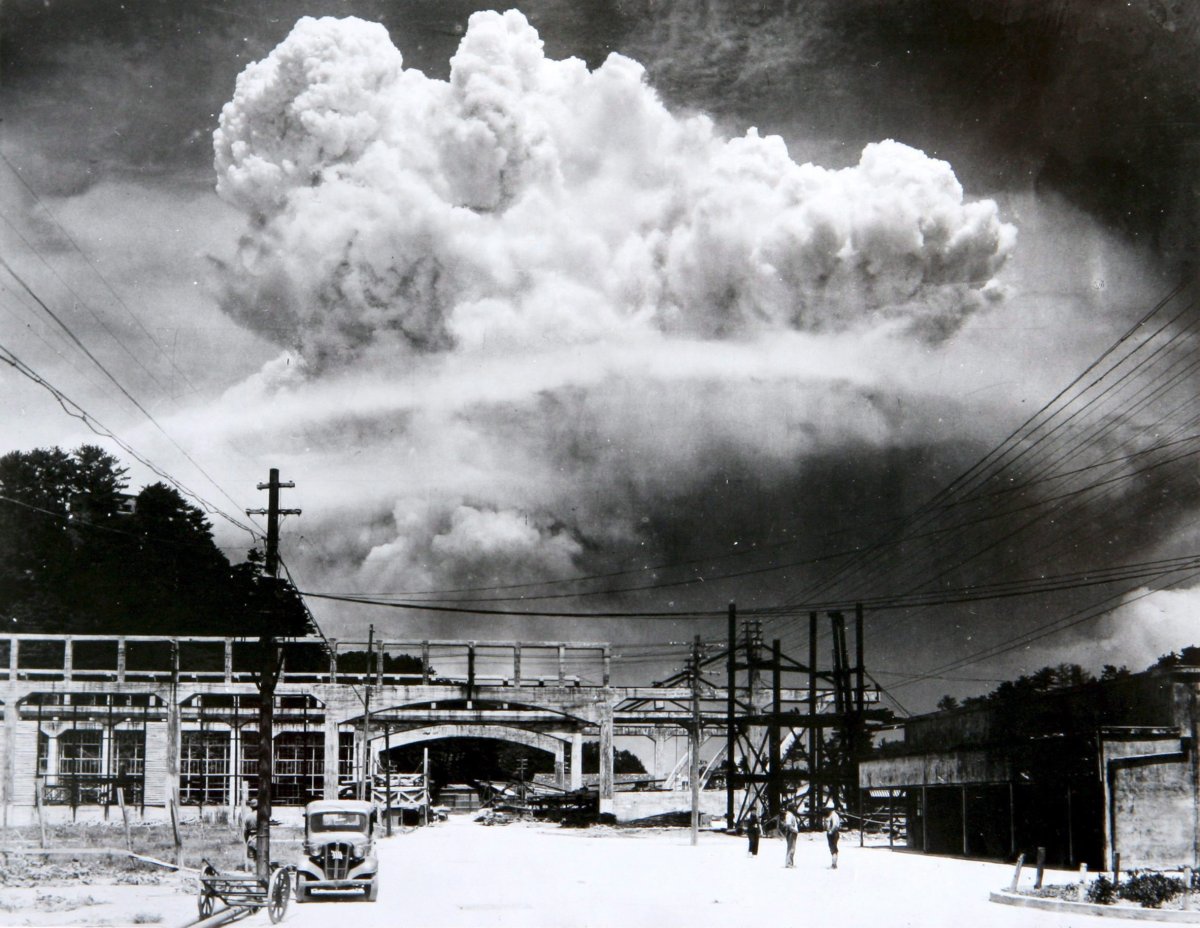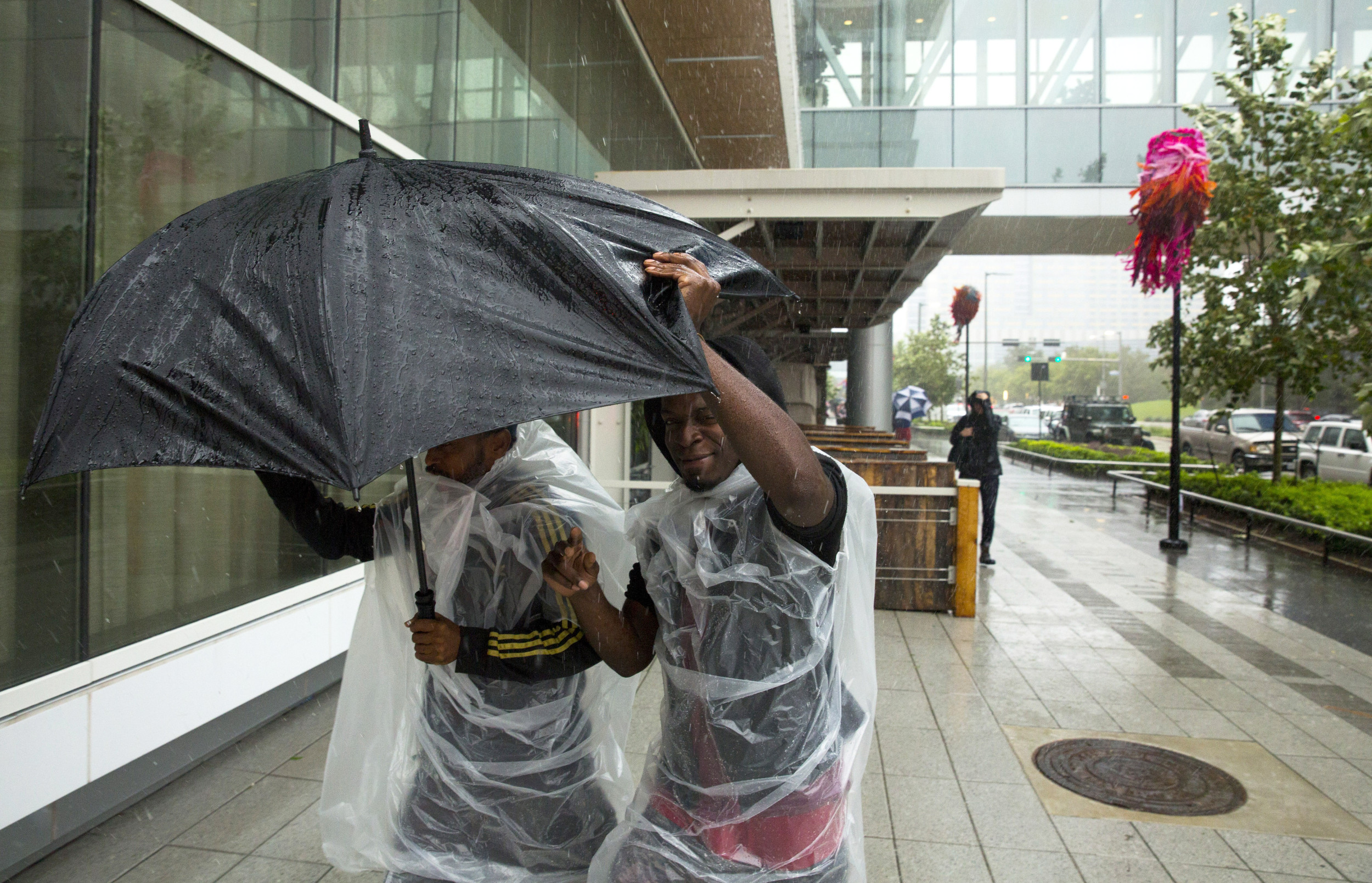Nuclear bombs are catastrophic weapons of mass destruction that have the power to wipe out entire cities and kill hundreds of thousands of people in an instant. Such weapons, which originated during World War II, generate their huge explosive power through the splitting—or fission—of certain elements, such as uranium or plutonium.
While nuclear powers such as the United States and the Soviet Union/Russia have conducted more than 2,000 tests of these weapons to date, they have been used in warfare just twice. Toward the end of the war, the U.S. dropped atomic bombs on the Japanese cities of Hiroshima and Nagasaki, causing tens of thousands of immediate deaths. Many more fatalities resulted in the following years because of cancer and other chronic diseases.
The first atomic bomb was developed in Los Alamos, New Mexico, as part of a 1942-1945 research program, dubbed the Manhattan Project, that was led by the U.S. government. The program's initial seeds were sown in 1939 by scientists in the United States—some of whom were refugees of fascist regimes in Europe—amid fears that Nazi scientists were trying to exploit the new science of nuclear fission to create massively destructive weapons. In 1938, three German scientists in Berlin had successfully split uranium atoms, discovering nuclear fission.
Among the concerned scientists in the United States were Enrico Fermi—who had fled fascist Italy—Leo Szilard and Albert Einstein—both of whom were Jewish and had escaped persecution in Nazi Germany. The scientists decided that they had to inform the U.S. president at the time, Franklin D. Roosevelt, that the Nazis were probably trying to develop atomic weapons.
Fermi had met with government officials in early 1939 to express his concerns, but the Italian and other scientists, such as Szilard, persuaded Einstein to contact the president directly in the hope that warnings from a scientist held in such high esteem would be taken seriously. Einstein wrote a letter to the president suggesting that the United States begin conducting research into atomic weapons before the Nazis could develop a bomb.
He later condemned the use of atomic weapons against Japan and expressed regret about writing the letter. "Had I known that the Germans would not succeed in developing an atomic bomb, I would have done nothing," Einstein said in an interview with Newsweek in 1947.
Following Einstein's letter, the U.S. government began investigating the feasibility of exploiting nuclear fission for military applications. But the work to develop atomic weapons did not begin in earnest until 1942, amid fears that the Allies were in a "race" with the Germans to develop a bomb. (In fact, the Nazis did not come close to developing nuclear weapons. While judging that it was feasible, they decided to focus their nuclear research program on the development of a reactor.)
The U.S. effort to build the atomic bomb was a collaboration with industry and scientific institutions that involved numerous facilities across the country. The Manhattan Project's site in Los Alamos was designated as the main lab and assembly plant.

As the world war progressed, the top-secret Manhattan Project was given the highest priority of all wartime projects by the U.S. government. Hundreds of thousands of people across the country were employed as part of it, and it received more than $2 billion in funding. The United Kingdom and Canada eventually began cooperating on the project, and scientists from both of those countries moved to the United States to support the effort.
Until 1943, efforts to develop the bomb had been largely theoretical, based on various experiments conducted at locations around the country. But in that year work began on the construction of a viable weapon at Los Alamos.
By the summer of 1945, the world's first atomic weapon was ready to be tested. On July 6 of that year, the bomb was detonated on the barren plains of the Alamogordo Bombing Range, about 210 miles south of Los Alamos.
The so-called Trinity test involved a plutonium-based weapon with an explosive power equivalent to around 18,000 tons of TNT, and it was detonated atop a 100-foot steel tower just before dawn, according to the U.S. Department of Energy.
The blast produced an intense flash of light visible for 200 miles, a wave of heat and a powerful shock wave, vaporizing the tower and turning the surrounding asphalt and sand into glass. It also created a mushroom cloud that extended up to around 40,000 feet in the air, according to the Encyclopedia Britannica.
The successful test meant that the U.S. was now ready to use atomic weapons. In August 1945, bombs produced by the Manhattan Project were dropped on Hiroshima and Nagasaki, devastating the cities and their populations.
After the war ended, the U.S. continued to test and develop nuclear weapons, and a handful of other nations—the Soviet Union, the United Kingdom, France, China, India, Pakistan, North Korea and (unofficially) Israel—eventually began to develop their own.
The number of nuclear weapons peaked in the 1980s at more than 60,000 amid the Cold War. Levels have fallen since then, but there are still thought to be more than 12,000 nuclear weapons worldwide today, possessed by nine countries, Jennifer Knox, policy and research analyst for the Global Security Program of Union of Concerned Scientists, told Newsweek. These weapons pose a huge risk to the future of humanity.
"Both the United States and Russia keep hundreds of nuclear weapons on hair-trigger alert, which means that they are always ready to be launched within minutes. A single nuclear weapon could destroy a city and end millions of lives," Knox said.
"The human costs of nuclear use are unthinkable, and the resulting social, political and economic upheaval would change the world forever," she said. "As long as we rely on these weapons, we are gambling with the risk of a global humanitarian catastrophe."
Uncommon Knowledge
Newsweek is committed to challenging conventional wisdom and finding connections in the search for common ground.
Newsweek is committed to challenging conventional wisdom and finding connections in the search for common ground.
About the writer
Aristos is a Newsweek science reporter with the London, U.K., bureau. He reports on science and health topics, including; animal, ... Read more
To read how Newsweek uses AI as a newsroom tool, Click here.








